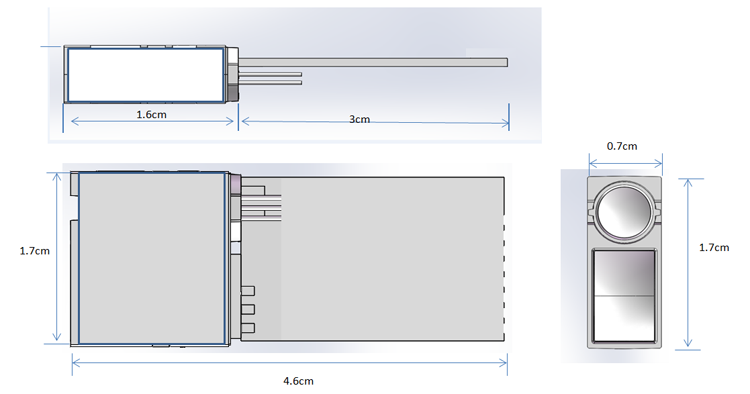Grapevine autumn fertilizer should keep up with
China's vast territory, the phenological period is very different, it is not easy to generalize the application of fertilizer time, but can be based on the maturity of the grape, generally determined. Generally speaking, the early and middle-ripening grapes can be applied after harvesting, and the late-ripe grapes can be applied before harvesting, and it is better to apply them at the latest in October. Autumn application method The groove-like application is generally applied along the colonization line. If the base fertilizer is applied for the first time after planting, a groove 30 cm wide and 60 cm deep may be opened outside the planting ditch. If the conditions are insufficient, at least the groove depth is 45 to 50 cm. When ditching, the topsoil and the raw soil are opened. Before fertilizing, first fill a layer (10 cm or so) of topsoil, then apply the base fertilizer and fill the topsoil. Then, stir the soil and fertilizer again, and finally backfill the soil with the raw soil to the ditch, and the remaining soil is used for watering. This method is commonly used in old vineyards. That is to say, the base fertilizer is spread between the rows of grapes, and then ploughed. The advantage of this method is that it saves labor and time, and is affected by a wide range of fertilizers. The disadvantage is that the fertilization is too shallow and the amount of fertilizer must be increased. Autumn Shiji fertilizer attention 1. Fertilizer must be decomposed and applied, especially chicken manure. 2. Avoid hurting the roots. 3. According to the fertilizer content of the soil in the garden, add missing elements, especially some medium and trace elements, as appropriate. 4. Be sure to pour water once after fertilization. Generally, rainfall cannot replace watering. Only after heavy rain or heavy rain after fertilization can watering be omitted. 5. Discretion on the amount of fertilizer applied. Generally speaking, vineyards with an output of 2,000 to 3,000 kilograms per mu are generally applied with 4000-5000 kilograms of round fertilizer. 6. Scaffolding fertilization, along the direction of vine growth, from the inside out to ditch and fertilize. 7. The base fertilizer can not be applied in one place, otherwise it will easily cause the root growth to be blocked and rot and die. Disclaimer: Some articles on this website are transferred from the Internet. If legal rights of third parties are involved, please inform this website. phone IT02S, is JRT new product in the early 2019, which is a single-point LiDAR sensor, also called tof distance sensor. With a micro size of 46x17x7mm, customers can widely use in many Laser Measurement Solutions. The lidar distance sensor can measure 12m short-range with high frequency up to 100hz. It's great for Unmanned Aerial Systems. If you need us send you data sheet and spec for this products, offering sample as well, pls tell us, thank you.
Accuracy
+/-8cm@ 0.1~3.5m
Measuring Unit
cm
Measuring Range (without Reflection)
0.1-12m
Measuring Time
0.1~3 seconds
Measuring Frequency
100 Hz
Laser Class
Class II
Laser Type
650nm, <1mw, red
Weight
About 5g
Voltage
DC2.5V~+3.5V
Serial Level
TTL 3.3V
Size
46*17*7mm
Operating Temperature
0-40 ℃ (32-104 ℉ )
Storage Temperature
-25~60 ℃ (-13~140 ℉)
2D Laser Distance Sensor,2D Lidar Sensors,Tof Lidar Distance Sensor, Flight Distance Sensor Chengdu JRT Meter Technology Co., Ltd , https://www.irdistancesensor.com
IT02S Mini Tof Sensor Module Diagram

Parameters of IT02S:
IT02S – the High performance-price ratio measurement solution
* low power consumption of single transmit and single receive
* small size: 46*17*7mm
* low cost
* proffessional techinical support